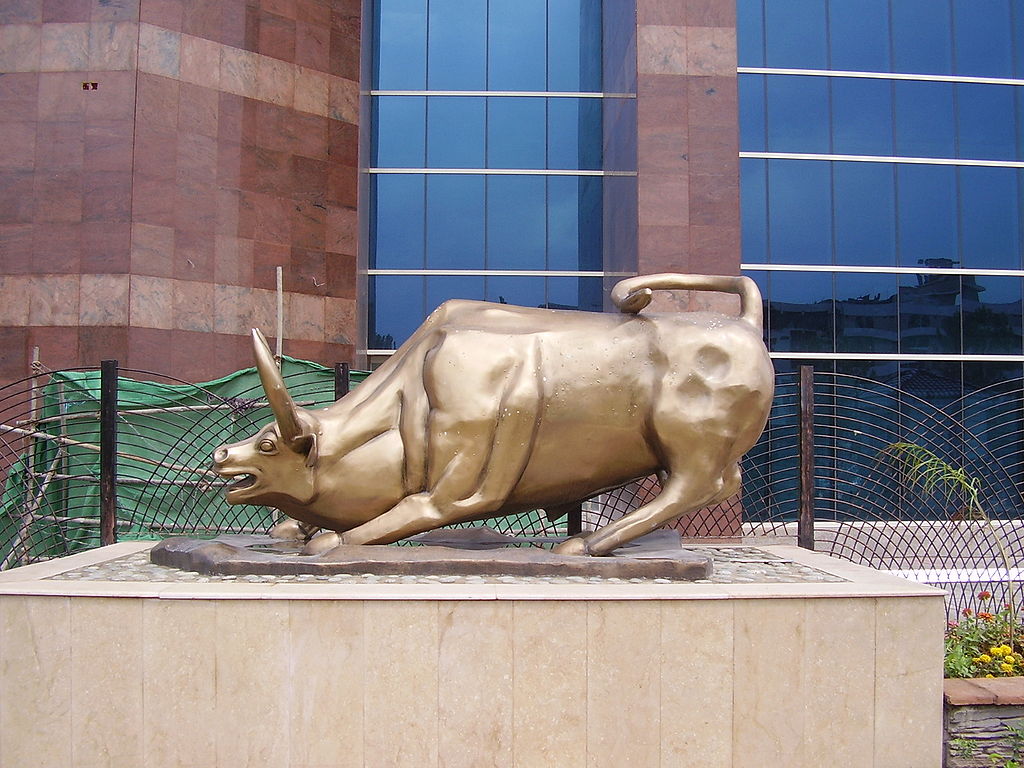Why would you ever want to buy stocks with worst-track performance on both earnings and dividends? According to the head of U.S. equity strategy at Bank of America Corp.’s Merrill Lynch unit, Savita Subramanian, because they are set to beat their best-performing peers next month.
To reach this conclusion Subramanian monitored the performance gap between the two worst-performing stocks and the two highest-rated stocks, as indicated by Standard & Poor’s. S&P uses a classification system of companies by assigning grades of A+, A, A-, B+, B, B-, C, and D, based on each ones revenue and payout track of the past decade. According to Bank of American indices, C and D stocks fared close to A+ shares in January.
For the first 11 month of the current year, C and D stocks took the lead with about 17 percent points. For nine full years between 1987 and 2012 they came out first by over 10 points, every time performing better in the following January.
Subramanina, who is based in New York, wrote in her report: “This all bodes well for a low quality rally in January,” adding that the C and D shares exceeded their A+ peers by about 6.5 points for the month over the past 25 years.
Bank of America data indicated that stocks on the two lowest levels of S&P’s quality scale outperformed those on the top ranks for the last five years.





